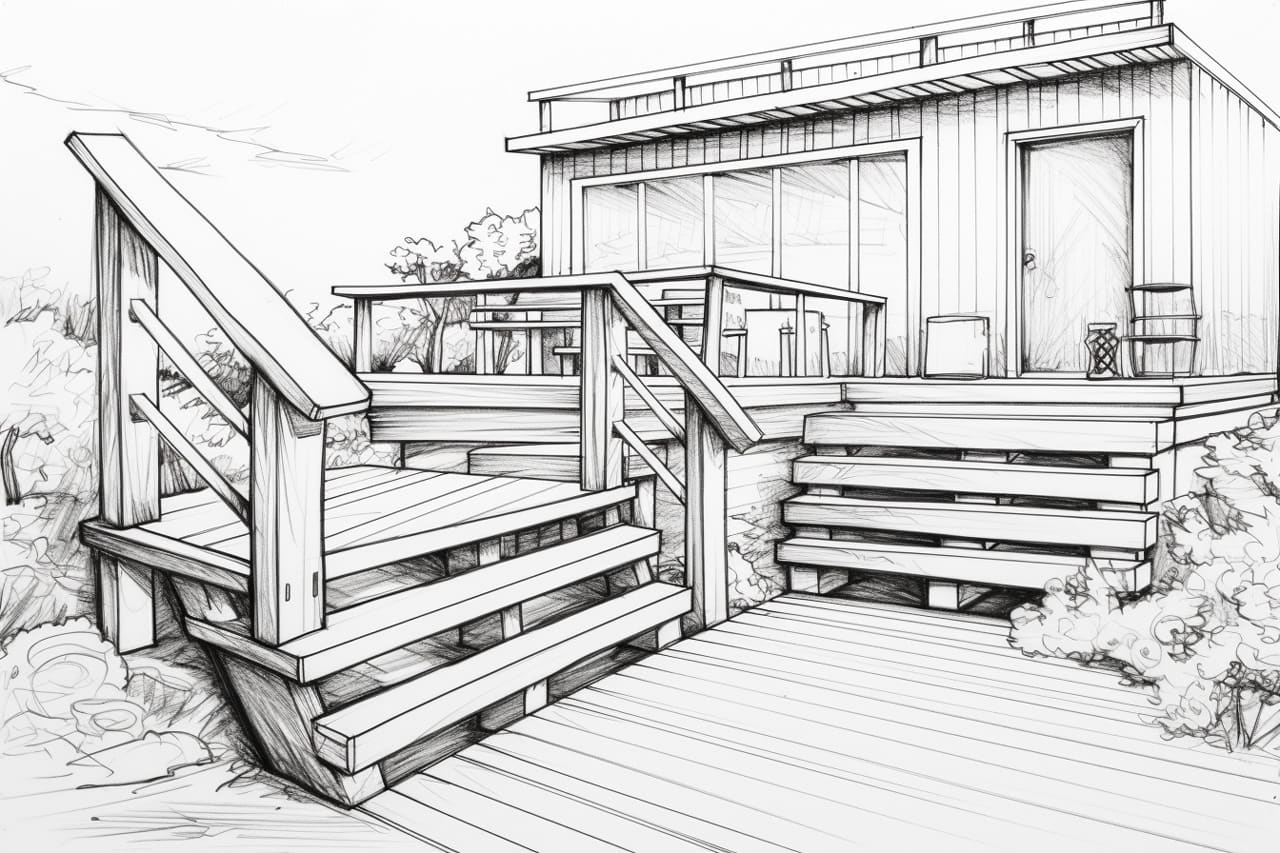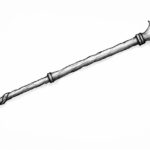Welcome to this step-by-step guide on how to draw a deck! Whether you are an aspiring artist or simply looking to unleash your creativity, drawing a deck can be a fun and rewarding experience. In this article, we will walk you through the process of drawing a deck using easy-to-follow instructions and clear illustrations. So grab your drawing supplies and let’s get started!
Materials Required
Before we begin, let’s make sure you have all the necessary materials to draw your deck:
- Drawing paper: Choose a high-quality drawing paper that is smooth and suitable for your preferred drawing medium.
- Pencil: Have a range of pencils with different lead hardness for sketching and shading.
- Eraser: Make sure to have a good eraser handy to correct any mistakes along the way.
- Ruler: A straight ruler will help you maintain clean and accurate lines while drawing.
- Compass: If you plan on drawing circular shapes, a compass will be useful for creating precise arcs.
- Colored pencils or markers (optional): If you’d like to add color to your drawing, have colored pencils or markers ready.
Now that you have everything you need, let’s dive into the step-by-step process of drawing a deck.
Step 1: Planning and Sketching
Start by visualizing the deck you want to draw. Consider elements such as the shape, size, and location. Once you have an idea in mind, lightly sketch the basic outline of the deck using a pencil. Use simple geometric shapes like rectangles and squares to represent the different sections of the deck. Don’t worry about small details at this stage, focus on getting the proportions and overall composition right.
Step 2: Adding Structural Elements
Now it’s time to add structural elements to your deck drawing. Use your imagination or reference images to determine the type of railing, posts, and stairs you want to include. Use a ruler to create straight lines for the edges of the deck and the railing. Experiment with different styles to find the one that suits your vision.
Step 3: Adding Details
Next, let’s bring your deck drawing to life by adding details. Begin by adding texture to the wood surfaces of the deck. Use short, light pencil strokes to create the appearance of wood grain. Vary the direction and intensity of your strokes to achieve a realistic effect.
Pay attention to small details like screws or nails on the decking boards, the pattern of the railing, and any other decorative elements you want to include. Take your time and add these details carefully to enhance the overall realism of your drawing.
Step 4: Shading and Highlights
To give your deck drawing depth and dimension, it’s essential to master shading and highlights. Identify the light source in your drawing and imagine where the shadows will fall. Use a darker pencil or shading tool to apply shading to the areas that would be in shadow. Gradually build up the shading, starting with light strokes and increasing the pressure as needed.
To create highlights, use an eraser or a white pencil to gently lighten areas that would catch the light. Be subtle with your highlights, and remember that less is often more when it comes to achieving a realistic effect.
Step 5: Adding Color (Optional)
If you want to take your deck drawing to the next level, you can add color using colored pencils or markers. Start by selecting the appropriate colors for the wood, railing, and any other elements you want to colorize. Apply the color evenly, paying attention to the texture and variation in the wood grain.
Layer different shades of color to create depth and realism. Blend colors smoothly using a blending pencil or by carefully layering and smudging colors together. Take your time and enjoy experimenting with different color combinations to achieve the desired result.
Conclusion
Drawing a deck can be a satisfying and enjoyable artistic experience. By following the step-by-step instructions in this article, you have learned how to plan, sketch, add details, shade, and even add color to your deck drawing. Remember to take your time, practice, and have fun with the process. With patience and perseverance, you’ll be amazed at what you can create.
So, grab your drawing supplies and start drawing your dream deck today!









